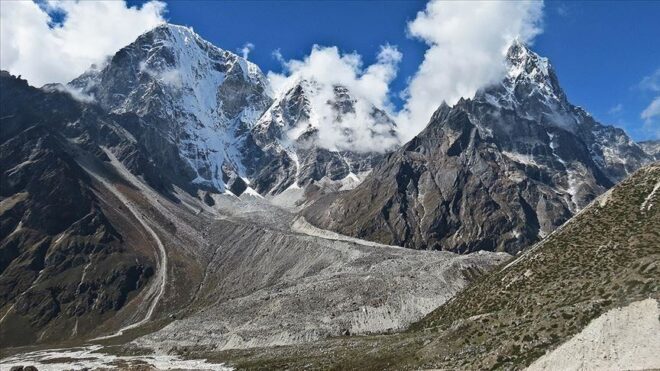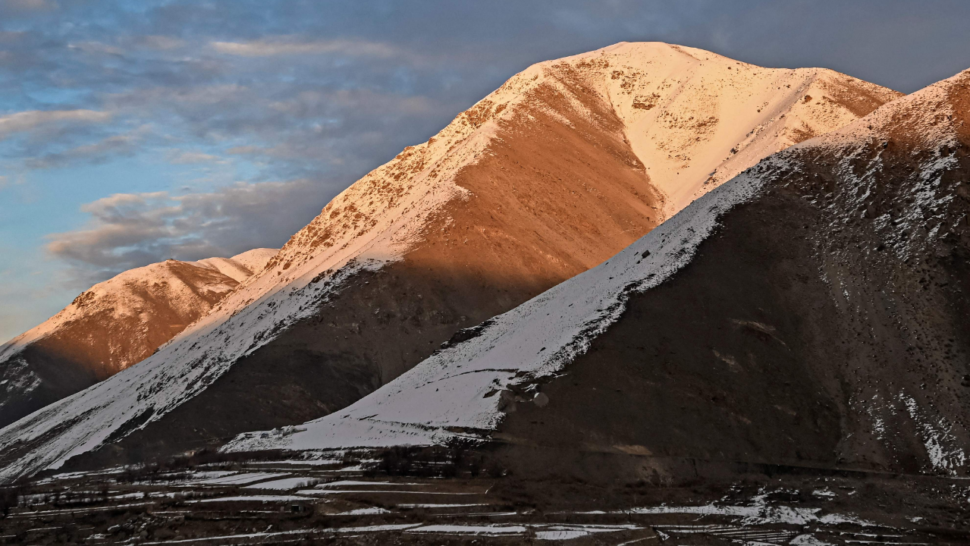The Himalayas is known as the greatest mountain that has been existing for millions of years. It is the highest peak that is popular worldwide for its extension throughout wide ranges. The beauty and importance of the Himalayas have been a boon to nature and its people. But the discovery of another humongous mountain in Australia has no longer put the Himalayas to the top. Nuna Super mountains of Australia are about three times greater than the Himalayas.
The formation of the mountains has taken place about 500 million earlier. According to scientists the creation of the mountain has taken place with the Gondwana continent.

How did the Nuna Super Mountains work with nature?
The growth of the super-mountain has helped in increasing the oxygen level of the atmosphere. The birth of various plants and small animals has led to changes in nature. Various organisms, radiation, and other factors have led to the erosion of the super mountains.
On other hand, Himalayas ’ glacier is also melting every year. So Mount Everest is also suffering due to pollution. There have been reports by scientists that the highest mountain may meltdown in the next thousands of years.
The Nuna super mountains stretched to over 4,500 miles which have now diversified the attention from the Himalayas. The existence of masses was about 1.8 million years back sharing the parts of South America, Africa, and Australia. Masses of the huge area were the tallest and can be considered to challenge the size of the Himalayas.
In the present times while measuring it has been discovered that the Nuna, remains shown as three times greater in size. Apart from it, there are a few huge size mountains but they did not build to the heights of the Nuna super mountains.

The Himalayas are more popular than Nuna
Both the mountains are undergoing different phases of damages of melting and erosions. Still, in modern times the Himalayas are considered the tallest. The glaciers feed the rivers and oceans with water. But the frozen temperature does not allow it to be the habitable area for humans and animals.
The importance of the Himalayas has been never reducing with the ranges covered with ice and forests. On contrary, the Nuna super mountains erosion has been taking place over years is now just 1500 miles approx. The existence of the masses and the presence of the millions of years old fossils mentions the age of the soil.
Himalaya is a boon to the habitats and the settlements on the ranges. It enables people not only to enjoy the beauty of nature but the water is also provided by the mountains. On contrary, the Nuna Super mountain turns out to be dry between February to May. There is a shortage of water which does not allow the growth of plants and trees.
Mount Everest can touch the clouds. Clouds can float throughout with the peeping views of the sunset. Three times large mountains have been reduced due to carbon production. Increased carbon production has led to damages to the soil and organisms causing a reduction in the size of the Nuna Super mountains.





